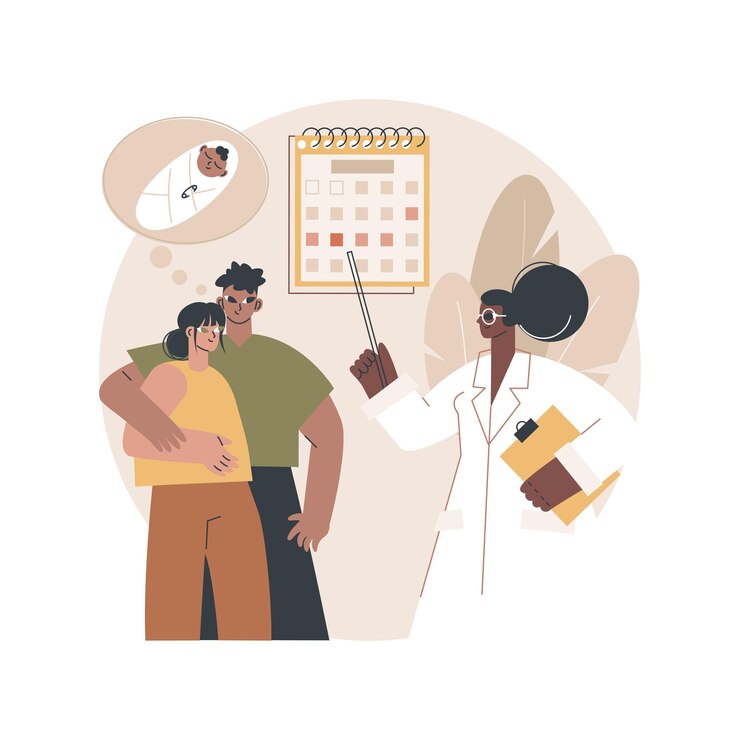
Anaphylaxis Preparedness: Your Emergency Action Plan
Introduction:
Anaphylaxis can be scary, but having a plan in place can save lives. Let’s create your emergency action plan to deal with allergic reactions effectively.
Understanding Anaphylaxis:
Anaphylaxis is a severe allergic reaction affecting the whole body. It can happen fast and needs quick action to treat. Common triggers include foods, insect stings, medications, and latex.
In addition to the steps outlined above, it’s important to emphasize the significance of communication in your emergency action plan. When educating others about your allergies, make sure they understand the seriousness of anaphylaxis and the importance of prompt action. Encourage them to ask questions and seek clarification if needed.
Furthermore, consider including specific scenarios in your action plan to cover various situations where an allergic reaction could occur. For example, outline what to do if you experience symptoms while dining out, attending social events, or participating in physical activities.
Additionally, practice situational awareness to minimize exposure to potential allergens in your environment.
Be vigilant about reading food labels, asking about ingredients when dining out, and avoiding cross-contamination in shared spaces.
Lastly, ensure that your emergency action plan is easily accessible at all times. Keep a copy in your wallet or purse, on your smartphone, and in prominent locations at home, school, and work. This ensures that you and those around you can access the information quickly in case of an emergency.
By following these comprehensive steps and continuously reviewing and updating your emergency action plan, you can enhance your preparedness for managing anaphylaxis and minimize the risk of severe allergic reactions.
Creating Your Emergency Action Plan:
- Identify Triggers: Know what causes your allergic reactions. This helps you avoid them and prevent emergencies.
- Carry Medication: Always have your epinephrine auto-injector with you. Make sure it’s easy to reach, and check the expiration date regularly.
- Educate Others: Tell your family, friends, and coworkers about your allergies. Teach them the signs of an allergic reaction and how to use your epinephrine auto-injector.
- Make Clear Instructions: Write down what to do in an emergency. Include emergency contacts, symptoms, and how to use epinephrine.
- Practice Using Epinephrine: Learn how to use your auto-injector correctly. Practice with family and friends so you’re ready if an emergency happens.
- Review and Update: Check your plan regularly. Update it if your allergies change or if any information needs updating.
Conclusion:
Being prepared for anaphylaxis is crucial. With an emergency action plan, you can manage allergic reactions effectively and stay safe.
Remember, having a plan can make all the difference during an emergency.
To seek medical advice, always consult a Doctor. Here are our recommended EXPERTS. Click here
To read more on SKIN. Click Here


